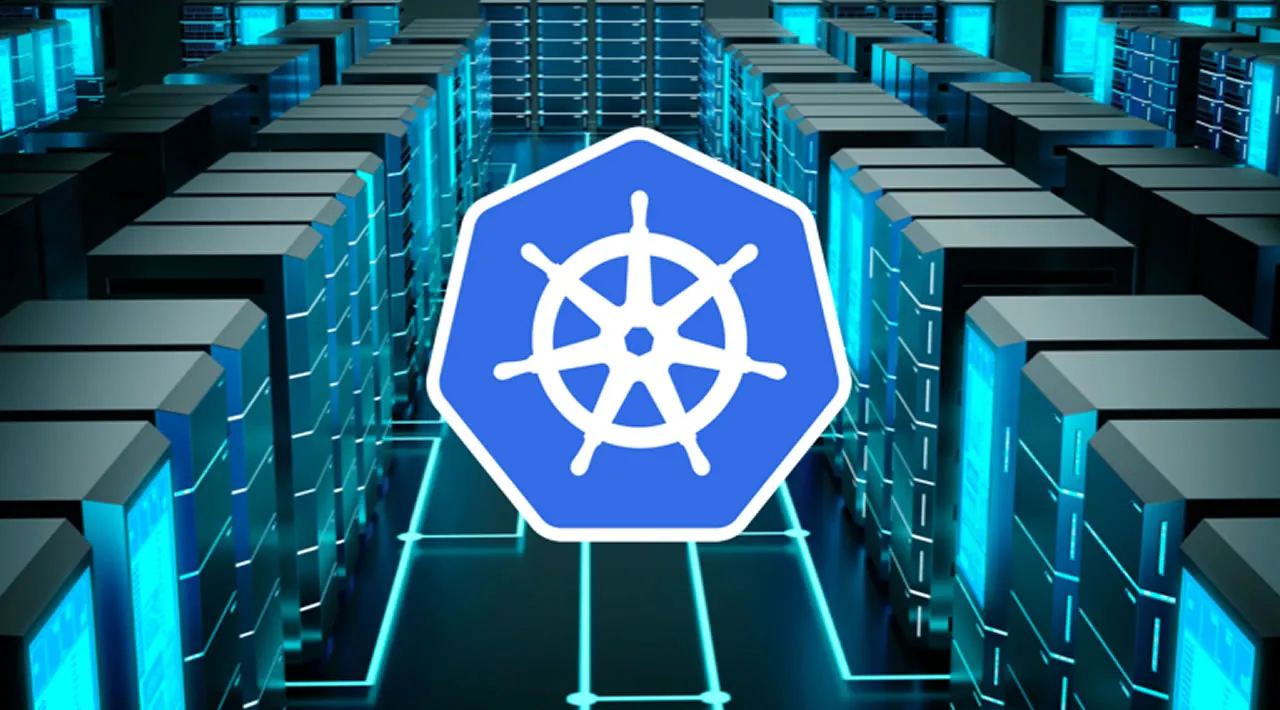You definitely read a lot of pieces praising Kubernetes. In fact, Kubernetes played a positive role in the evolution of software development, especially in continuous integration and continuous delivery (CI/CD). It brought it to a new level, letting developer teams increase the number of releases from a few per year to a few per month.
We only want to provide you with a balanced perspective on this tool. And — spoiler! — it seems that this blog post is going to unveil a lot of Kubernetes’ drawbacks. What are they and how to use this great technology without pain? Let us explain our vision.
Facing Kubernetes as a Beginner
What Is Kubernetes Used For?
CI/CD is a process that needs a lot of coordination. When you use containers, you isolate applications or microservices. But on the deployment stage, you want to make them collaborate again. One of the tools that enables this is Kubernetes. It does not revert the isolation, though. The idea of Kubernetes is that the containers are kept as they are, but the freshly developed applications can be added to the existing entities.
Another important task of Kubernetes is to manage your computing resources. When you have a lot of applications to run, you inevitably want to use every vacant CPU capacity. The Kubernetes architecture is bred exactly for this.
#aws #nginx #kubernetes #git #homemade kubernetes
